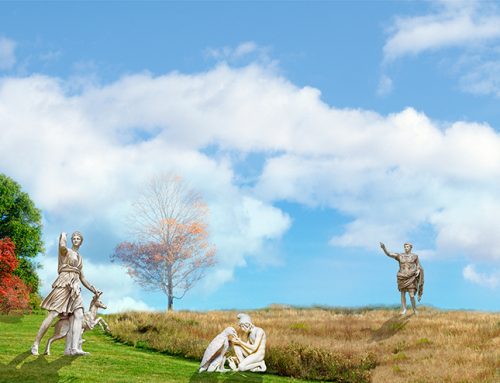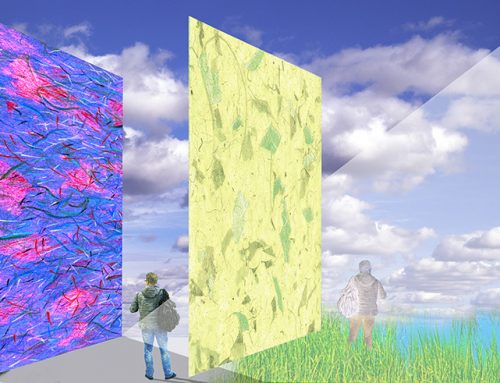“Impossible Symmetry” 1983 by Daniel Heller
Renaissance art
Renaissance art was “the activity, spirit, or time of the great revival of art, literature, and learning in Europe beginning in the 14th century and extending to the 17th century, marking the transition from the medieval to the modern world” (Dictionary)
This was a period in European civilization immediately following the Middle Ages. The period was marked by a surge of interest in Classical values of ancient Greece and Rome and a revival of Classical learning and wisdom after a long period of cultural decline and stagnation. The Renaissance was a cultural and scholarly movement which stressed the rediscovery and application of texts and thought from classical antiquity.
During this period society saw an increase of sophistication, characterized by political stability, economic growth and cosmopolitanism and education blossoming.
The artistic style identified with the Renaissance period emerged in Italy in the late 14th century and reached its zenith in the late 15th and early 16th centuries. The most prominent artists of this period were: Leonardo da Vinci, Michelangelo, Raphael, and Botticelli.
Birth
Renaissance art was born and flourished in Florence, Italy. One of the historical reasons for this fact was the establishment of the Medici bank and the subsequent trade it generated which brought unprecedented wealth to the city of Florence. The second was that Cosimo de’ Medici had set a new standard for the patronage of the arts, that not associated with the church or monarchy. Humanist philosophy meant that man’s relationship with humanity, the universe and with God was no longer the exclusive province of the Church.
Spread
From Italy, Renaissance spread across Europe creating smaller geographic groups such as English Renaissance and Northern Renaissance. The main factors contributing to this expansion were the growth of cities, expanded trade, and a growing wealthy merchant class eager to support artists. Many rulers viewed artistic achievement as a source of national pride. In the late 1400s, artists fled from Italy to northern Europe and interaction with local artists with shared ideas took place. The development of science and technology contributed as well, in particular with the invention of the printing press.
The Renaissance period
Scholars indicate that the Renaissance took place between the years 1400-1600. Some contend that it lasted longer, and some others feel that it never actually ended and continues to date. Most agree though, that it began in Italy around 1350 and the rest of Europe around 1450.
Early Renaissance art 1400-1490. Major artists: Lorenzo Ghiberti, Filippo Brunelleschi, Donatello, Massacio.
High Renaissance art 1490-1527. Major artists of the period were Michelangelo, Leonardo Da Vinci, Raphael.
Decline
Renaissance was followed by an art period known as Mannerism. Towards the end of the 1500s, the Mannerist style, which emphasized artificiality, had developed in opposition to the idealized naturalism of High Renaissance art. The Mannerism spread from Florence and Rome to become the dominant style in Europe.
Renaissance paintings characteristics
The Renaissance painting style can be recognized by the following most important characteristics, which sets them apart from previous periods:
The first is the extensive use of the “Linear Perspective” in constructing the scenes for their paintings. The artists of the period who made extensive use of perspective were able to achieve three-dimensional depth and space in their paintings.
The second characteristic is a great amount of realism and naturalism which can be seen in Renaissance paintings – artists created works in which realism and naturalism were clearly evident indicating the high importance placed by artists to achieve realistic and natural imaging. These were perhaps the most important criteria.
Suggested reading
Recommended reading on the artgreeT blog, posts related to art styles: Art Symbolism Symbols in Renaissance art Art styles Renaissance artists of Florence Golden section






